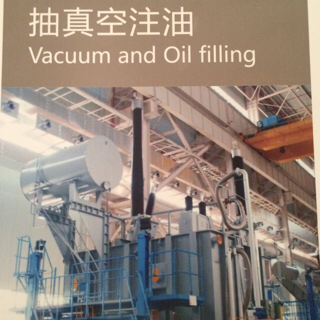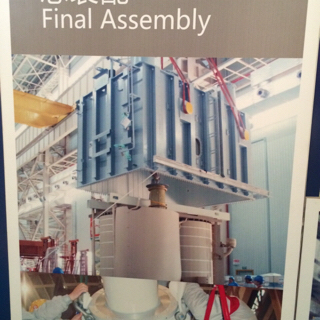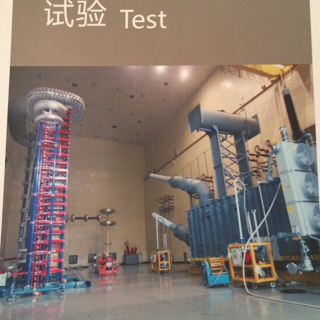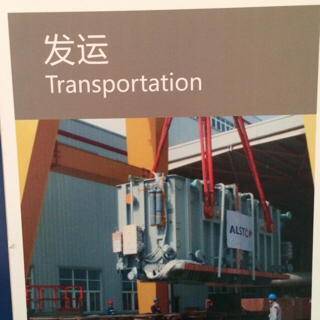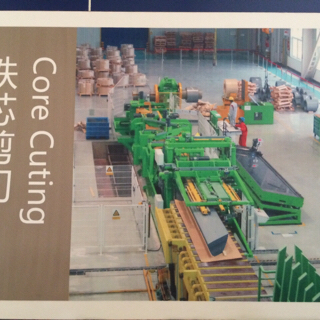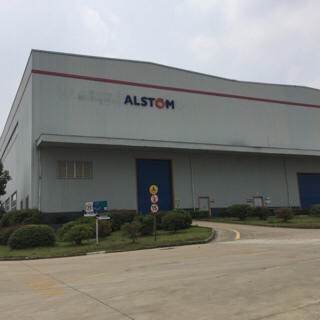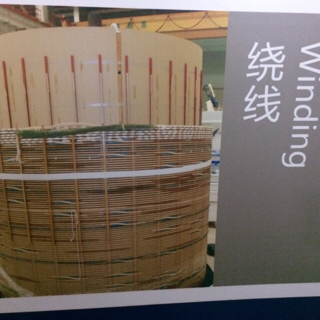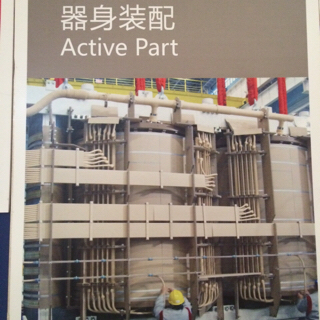Information
-
Prepared by
HIERARCHICAL SAFETY VISIT
-
Name of site
-
Type of site
-
Area visited
-
Conducted on
-
USE CHECKLIST?
-
EHS-001 Risk Management
-
1-5-2-1.1 Have all high risk activities (HRA) been identified?
-
1-5-2-1.2 Are risk assessments conducted and formally recorded for the identified HRA?
-
1-5-3-1 Is a permit to Work used for all non-routine HRA?
-
1-5-3-3 For PTW on on-routine HRA, do the permit issuer and receiver(or delegates) physically inspect that defined control measures are implemented prior to insurance of PTW?
-
1-5-5-1 Is the Alstom Zero Tolerance policy applied to all HRA?
-
1-5-5-2.1 Does site management monitor the inspection programme covering HRA?
-
1-5-5-2.2 Does the HRA inspection program involve contractors if applicable ?
-
1-5-5-2.3 Are the high risk inspection performed at least weekly?
-
1-5-3-4 Prior to starting work, have all workers under a PTW for HRAs received a documented briefing on the control measures started in the PTW?
EHS-002 Control of Contractors
-
2-5-2-3 Are they any contractors classified as "Critical Contractors" and have the Alstom EHS Requirements been included in the contract standard Term and conditions? (Consortium partners are not considered as contractors)
-
2-5-3-2 For Critical Contractors, has a Risk Control PLan been established and approved prior to the start of work?
-
2-5-3-4 Have all contractors received required EHS training prior to start of work?
-
2-5-3-6.1 Have all critical contractors been assigned a competent operational Supervisor to supervise the work and the contractor?
-
2-5-3-6.2 Have formal inspection been performed at least monthly by the supervisor assigned to the critical contractor on the EHS requirements outlined in the contract?
EHS-003 LOTO
-
3-5-1-1 Prior to servicing and/or maintenance of machines and equipment, is LOTO implemented?<br>Where LOTO cannot be implemented are "effective" means utilized for the control of energy and protection of workers and equipment?
-
3-5-3-1 When Alstom is performing LOTO, is each person working under a LOTO issued individual locks and unique keys?
-
3-5-2-4 Is the absence of residual energy verified and adapted to the specific machine, equipment or job being done?
-
3-5-2-2 Is there a verification and process in place to ensure all sources of energy have been locked and tagged out prior to work being started?<br>When Alstom is not performing the LOTO is :<br>-a PTW issued by the concerned 3rd party<br>-earthing is put in place locally.
EHS-004 Electrical Safety
-
4-5-1-2 Is work on equipment rated at or above 1000 VAC or 1500VDC performed only when the equipment is effectively locked out (no live work at and above these voltage levels)?
-
4-5-4-1 Are all people who work on or supervise work on electrical equipment and systems formally authorized by site management?<br>When the authorization by Alstom is prohibited by law, is recorded competence check performed?
-
4-5-3-1 Are all electrical rooms, energized panels and electrical cabinets locked with a specific key or tool and tagged with the signs and warming indicating the presence of electrical hazard? If not reasonably practicable, a restricted area must be demarcated.
EHS-005 Machine Safety
-
5-5-3-5-1 Are non active movable parts from portable circular saws, grinders and magnetic drilling machines provided with safeguarding?
-
5-5-3-5-2 Are all portable machining tools provided with a non-latching ON switch?s
EHS-006 Work at Height
-
6-5-1-4 Are all personal working at height or supervising work at height trained and competent to do so?
-
6-5-2-1
-
6-5-2-2 Are floor/roof openings (including temporary ones )physically secured to prevent falls?
-
6-5-2-3 When not protected by collective protection or prevention means, do all personal subject to work at height wear full body harnesses anchored to a secure designated point at all times?
-
6-5-3-1 Is all equipment used for work at height or fall prevention or protection listed on a register, uniquely identified and subject to regular inspections?
-
6-5-1-5 Is a Permit to Work at height involving the use of fall protection? Exception-routine activity covered by a specifically designed Safe System of Work personal authorization defined by Sector to do this without PTW.
-
6-5-4-1 Are all scaffolding observed with tags displaying evidence of initial and weekly inspections?
EHS-007 Excavatlon
-
7-5-2-6.1 For excavations that are over 1.2 meters deep that requires access means( ie they are not very very large and open with sloping sides)are rigid barriers in place <br>-with toe boards(or equivalent protection)<br>-or at least at a distance of 1.5 from the excavation edge
-
7-5-2-6.2 For excavation that are between 0.5 meters and 1.2 meters are there <br>-rigid barriers in place <br>-or is there a safety distance maintained around the excavation of at least 1.5 meters from the edge and this safety distance is maintained by visible safety chains or mesh that is at least 1.1 meter high?
-
7-5-2-7 Are sloping, shoring,shielding, support and/or benching systems in place for excavations greater than 1.2 meters in depth?
-
7-5-4-2 Are all excavation inspected by the shift manager/leader to ensure adequate prevention/protection measures are in place regarding falls and cave-ins prior any work?
EHS-008 Lifting
-
8-5-1-2 Is a lifting plan( in accordance with the Group Directive), prepared, checked and issued by a competent authorized person prior to any lifting operation?
-
8-5-2-5 Are personnel prohibited to be under suspended loads or between suspended loads and fixed objects at any time?
-
8-5-3-1 Are all equipment and accessories used for lifting operation uniquely identified, marked with the safe working load, listed in a register, and subject to formal regular inspections?
-
8-5-3-4 Have all lifting equipment and accessories a valid manufactures's certificate or thorough examination records?
EHS-009 Site Vehicle Movement
-
9-5-1-2 Are formal competency checks established for vehicle drivers and for supervisors involved in vehicle operation?
-
9-5-1-3.1 Is there effective vehicle segregation from pedestrian traffic with marked pedestrian access walkways and crosswalks to include signs, barriers, and rules?
-
9-5-1-3.2 Are ther designated parking areas established?
-
9-5-1-3.3 Are traffic rules clearly displayed throughout the site in signage consistent with the local public roads?
-
9-5-1-4 Do all observed vehicle drivers, bankmen, and pedestrian and all people being in vicinity of vehicles wear high visibility clothing/garment in construction areas and forklift and truck manoeuving areas?( Parking lots for vehicles are not considered )
-
9-5-2-1 Where there is no physical segregation of traffic and pedestrian access ways, do all people not directly involved with vehicle operation maintain a safe distance of at least 2 meters from the vehicle ?
-
9-5-2-8 Are vehicles not in use safety parked?
EHS-010 Rail Vehicle Movement
-
10-5-1-6-1 Is self-protection systematically implemented locally at work-site?
-
10-5-1-6-2 Has the risk assessment determined the adapted type of Self-protection to be deployed?
-
10-5-2-6 Have "Not-to-Be-Moved"signs been fixed to the end(s) or positioned in-front of the rail vehicle whenever it is safe to work on the rail vehicle ?
-
10-5-3-1 Are persons driving rail vehicles, supervising or controlling rail vehicle movements been subject to formal competence checks?
-
10-5-1-1 Is a Permit to Work issued for work on the track issued by the track operator(e.g. Train Operating Company, State Railway Company etc.)?
-
10-5-3-3 Are restricted areas, pedestrian /vehicle crossing zones established and made visible through signage and delineation zoning or barriers wherever necessary to separate circulation of rail vehicles /trains with pedestrians/site vehicles?
EHS-011 Confined Spaces
-
11-5-1-6 Are PTW issued for all non-routine activities in a confined spaces taking into account the risk assessment and method statement?<br>Exception-routine activity covered by a specifically designed Safe System of work and personal authorization defined by Sector to do this PTW.
-
11-5-2-2 Are tests carried out before starting work, during work and after work to verify that the confined space's atmosphere is fit for safe work?
-
11-5-2-6 Is a watcher present for all work in a confined space ?<br>Are adequate means of communication in place enabling easy and clear communication during work in confined space ?
-
11-5-1-2 Are observed confined spaces identified and clearly signed posted as a confined space forbidden to unauthorized personnel and prevented from unauthorized entry ?
-
11-5-3-1 Is necessary rescue equipment ready in case of emergency during a work in a confined space and periodically inspected?
FIRST AID, EMERGENCY AND ENVIRONMENT PREPAREDNESS
-
First aid kit available and inspected?
-
Is evacuation plan & gathering point communicated ?
-
Is First aiders list posted ?
-
As there and inspected fire extinguisher?
-
Are spill kits available and inspected?
Observations
SAFETY OBSERVATION REPORT
-
Positive observations
-
Add media
-
Aspects to improve or Deviations
-
Add media
-
Action and person in charge
-
Date of completion
-
Signature






